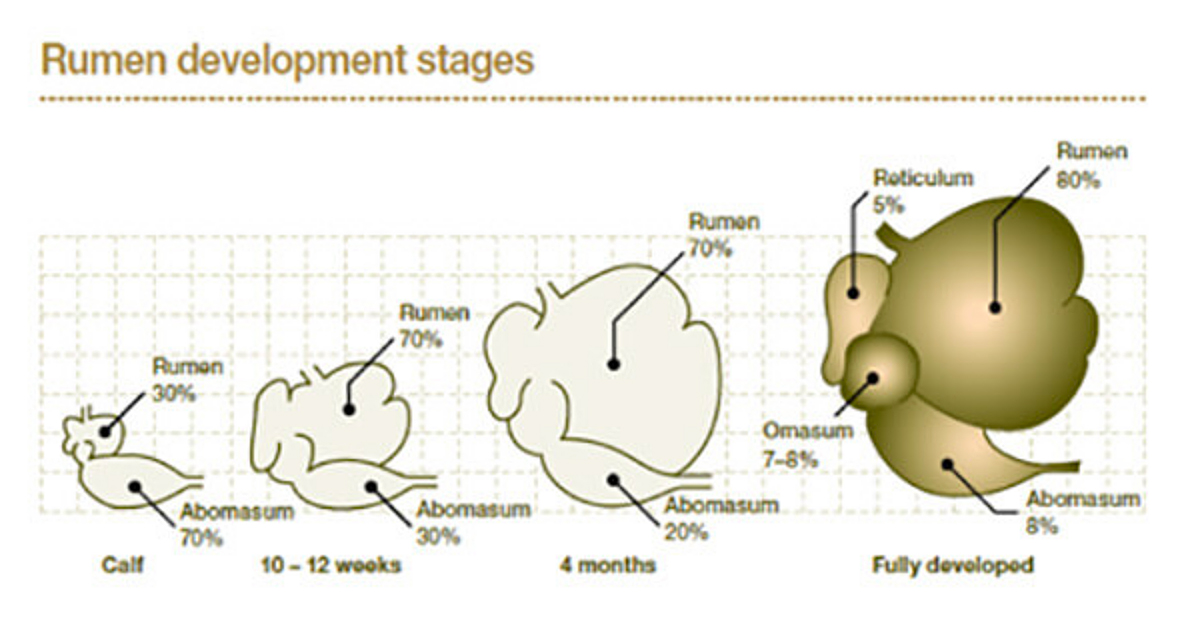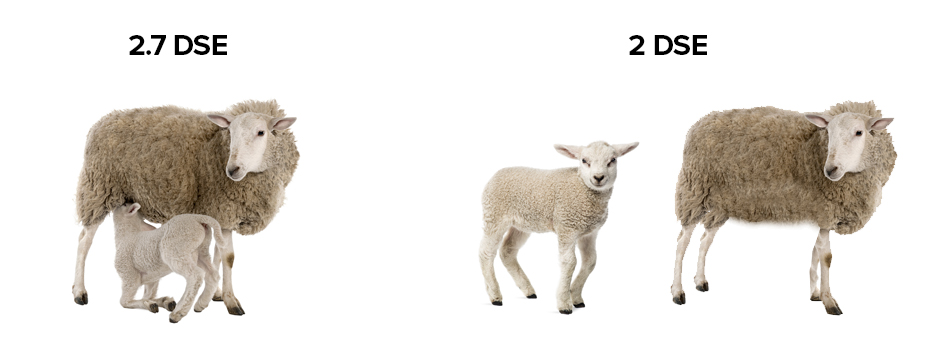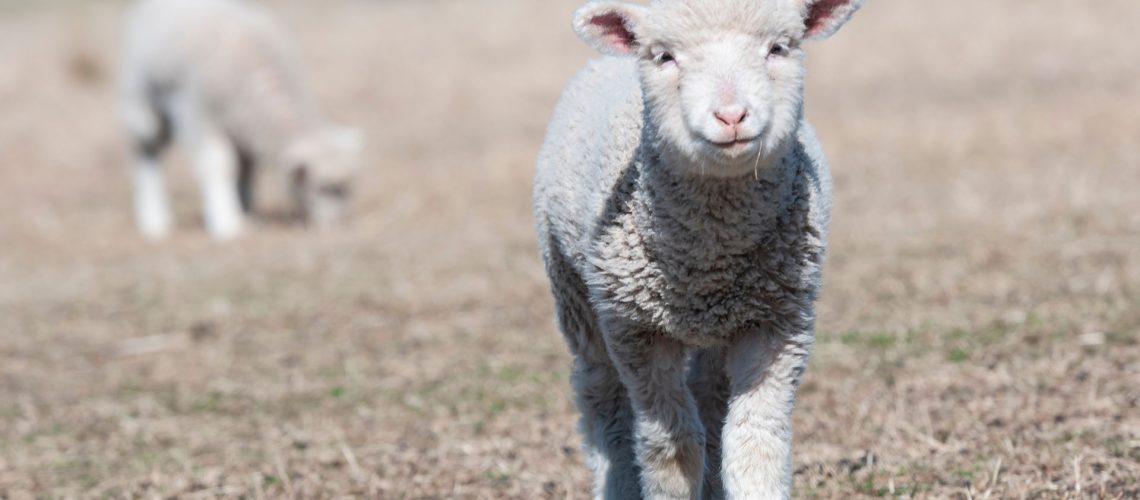Focusing on early weaning, is a key management tool for maximising efficiency within the production system and to assist in the development of young animals to become high functioning ruminants.
Strong management through weaning, delivers many benefits for producers, including;
- Optimising the genetic potential of offspring
- Saving time
- Increasing return on capital
- Increasing carrying capacity
The combination of the above, means a lower cost of gain, and higher profit
What are the benefits when there’s feed everywhere?
1. Poor weaning and late weaning effects ruminal development
We invest heavily in the genetics of our future offspring, however, for an animal to become an effective ruminant, and reach its genetic potential, the transition from milk to hard feed needs to be well timed and managed. Managing transition helps to maintain weight gain, minimise losses, maximise the fermentation pattern and maximise the health of those animals.
A newborn lamb isn’t developed to ferment like a ruminant yet and their digestive system is primarily designed to digest milk. Over time, as their diet changes, their rumen develops to ferment feed, which will then provide about 80% of the protein and energy of the animal for the rest of its life.
It is vitally important, to get the best development of that rumen, for the future productivity and health of the animal. There’s a limited amount of time during a lamb’s development, where we have the opportunity to influence the size of the function in the surface area of the rumen. Weaning early will give you a greater level of influence on these animals. Once lambs which reach about 12 weeks of age, the ability to influence ruminal development begins to decrease.
To get the best development, we should be feeding a diet specifically designed to develop the rumen to its optimum, such as ProTect S Wean.

2. Saving time from either lamb to market, or lamb to replacement ewe
Every 1 day of loss, adds 3 days of time it will take for the lamb to reach target weights for joining or marking. Focusing on the ruminal development transition from milk eaters to hard feeders, will drive efficiency through the production system, minimise loss of production and minimise future breeding time resulting from a poor weaning process.
A lamb not being well managed through weaning, goes backwards for 10 days while walking fences looking for nutrition, affectively adding another month to the production cycle.
3. Utilisation of high quality feeds by the lamb whilst the season is good.
Following lambing, we only have a finite amount of green feed before the first hot northerly winds hit around September. The annuals, the clovers and rye grass, really run to seed or basically melt in that hot weather. Early weaning lambs, getting them to take maximum advantage of high-quality feed, allows you to maximise their weight gain, reduces time to market, time to join your next ewe, and better utilisation of your grass capital.
4. Increasing your carry capacity
When you’ve weaned, you have nearly halved your stocking density. The amount of energy required for the ewe to produce milk and feed the lambs, is nearly twice as much as it would take to feed the ewe and lamb separately and maintain the same level of production. This could mean opportunity trading, carrying more stock, or provide more grass for longer.

While it may seem to be a burden to wean early in a season, especially where green feed is good, removing a lamb off its mum early, is a management decision for improving productivity, throughput, and overall building more efficiency into your production system
Click here to view our weaning protocols
Click here for ProAgni ProTect S Wean

